Porphyry History
Porphyry is a rare stone, found only in a few select locations around the world. Known and used since ancient times, it has played a significant role in the history of civilization. Major relics and monuments made of porphyry have been uncovered at ancient Assyrian, Babylonian, Egyptian, and Roman sites.Today, porphyry continues to be a top choice for hardscaping in modern architecture, offering exceptional strength, timeless beauty, and versatility in creating outdoor spaces, from urban pavements to landscaping elements in residential, commercial and public projects.
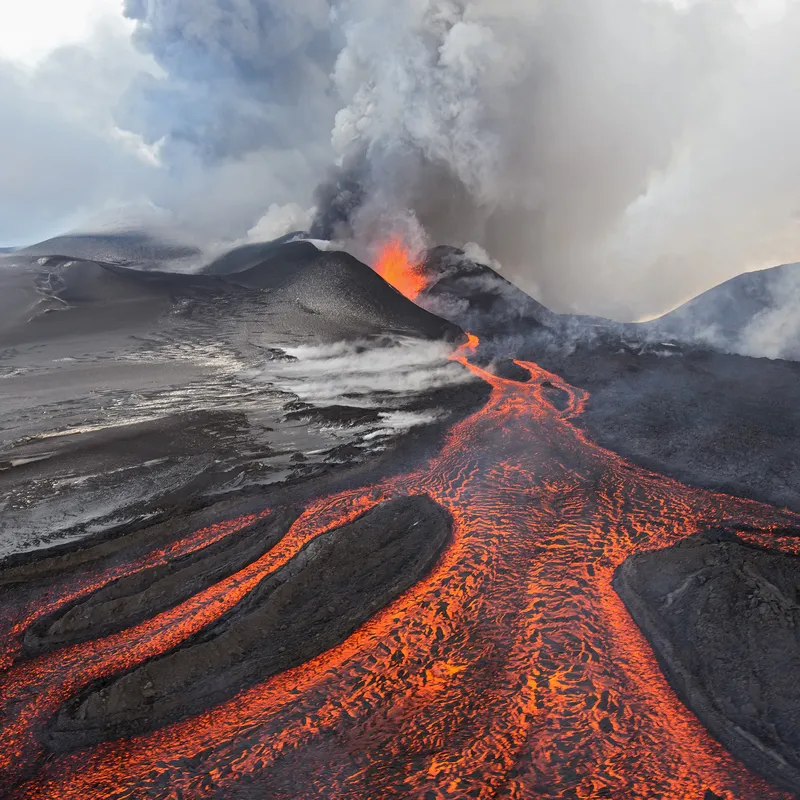
Porphyry is a type of igneous rock created from volcanic lava that cools at a slow rate beneath the Earth's surface. This slow cooling enables the growth of larger crystals within a finer-grained matrix, resulting in the rock's unique texture. Over millions of years, geological forces have exposed these deposits, allowing for their use in various applications.
The name "porphyry" comes from the Greek word porphyra, meaning "purple," which reflects the distinctive purple shade of some of its varieties. This stone has been utilized since ancient times, with civilizations like the Egyptians and Romans recognizing its beauty and robust nature.
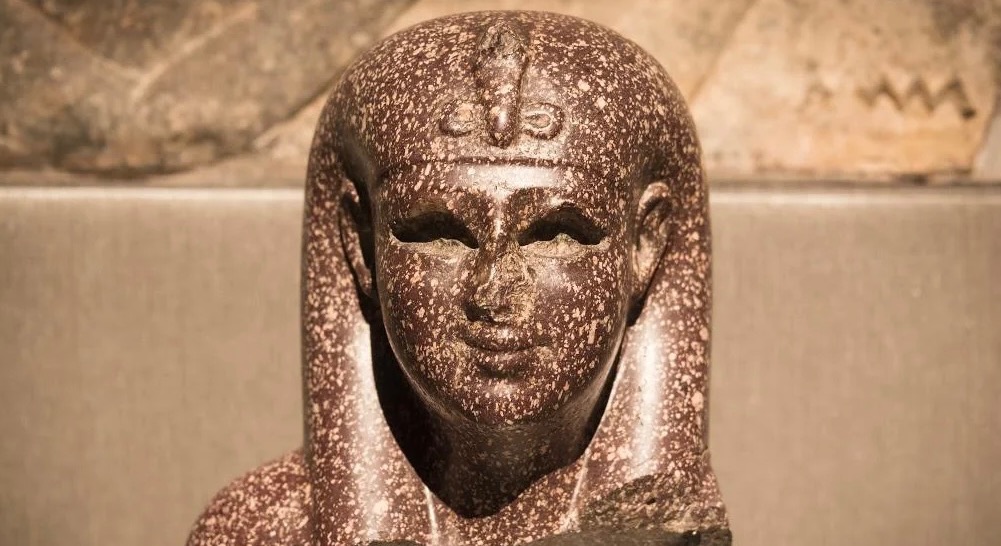
Since the Roman era, porphyry has remained one of Europe's most prized stones. Formed under extreme heat and pressure, its density exceeds that of granite, making it ideal for the construction of durable roads, including the famous Roman routes that crossed the Alps and became the pavements of Paris.
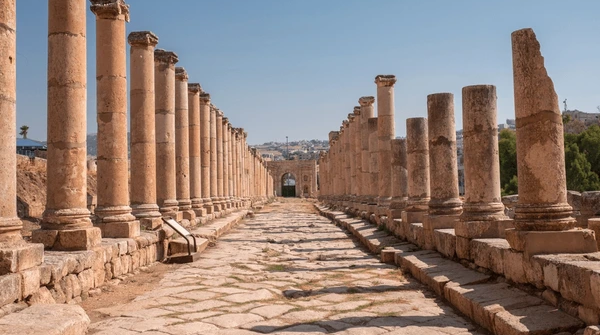

After World War II, porphyry played a crucial role in the rebuilding and modernization of Europe. As cities focused on restoring war-damaged infrastructure and preserving their historical character, porphyry was widely used for paving roads, public squares, and walkways, particularly in historic city centers. Its durability and timeless beauty made it ideal for urban renewal projects, blending seamlessly with both traditional and modern architecture.
The late 1990s saw a broader application of porphyry in modern hardscaping, with landscape architects and urban planners choosing it for its sustainability and aesthetic flexibility. Porphyry was widely adopted in parks, commercial developments, and urban plazas, where its natural appearance and long-lasting durability made it an ideal material for creating both functional and beautiful spaces. Notably, it was used in several large-scale commercial and civic projects during this time, including public transportation hubs and shopping centers in Germany and Austria.
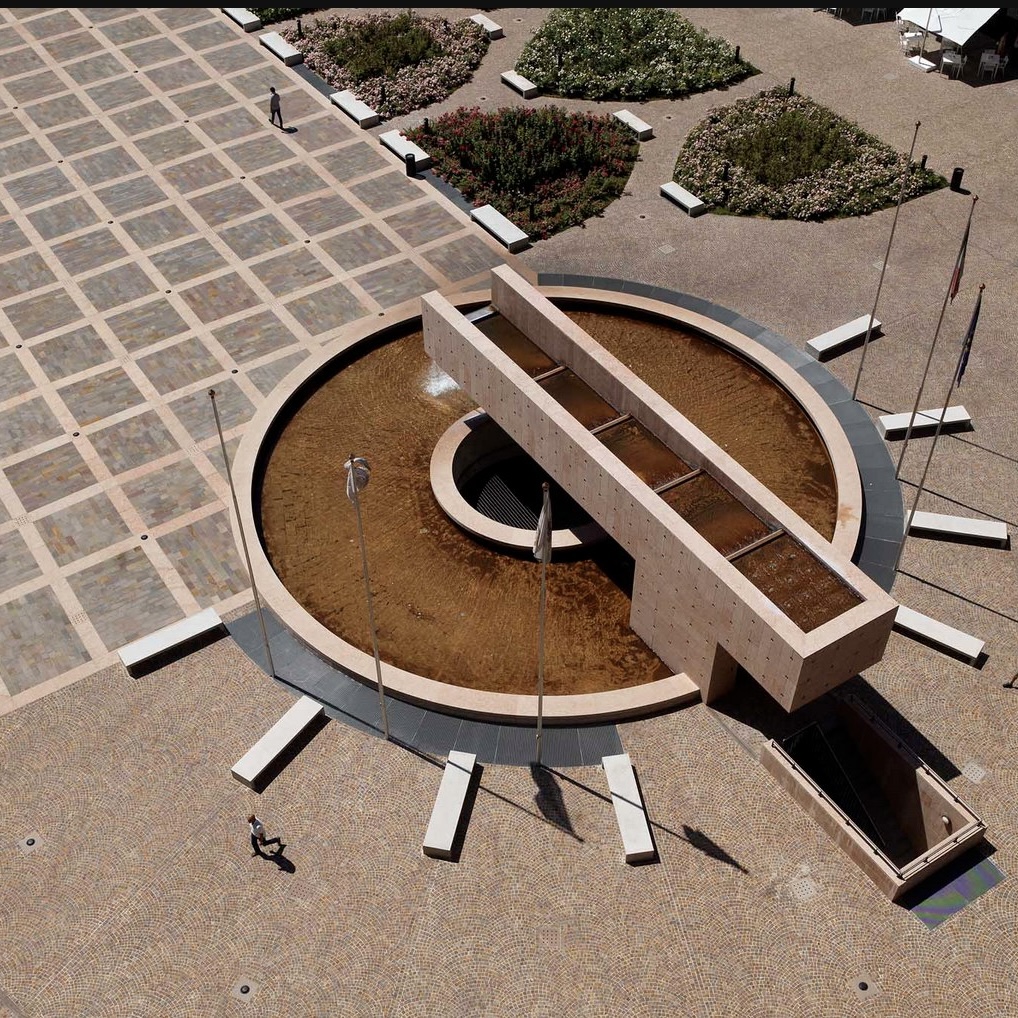
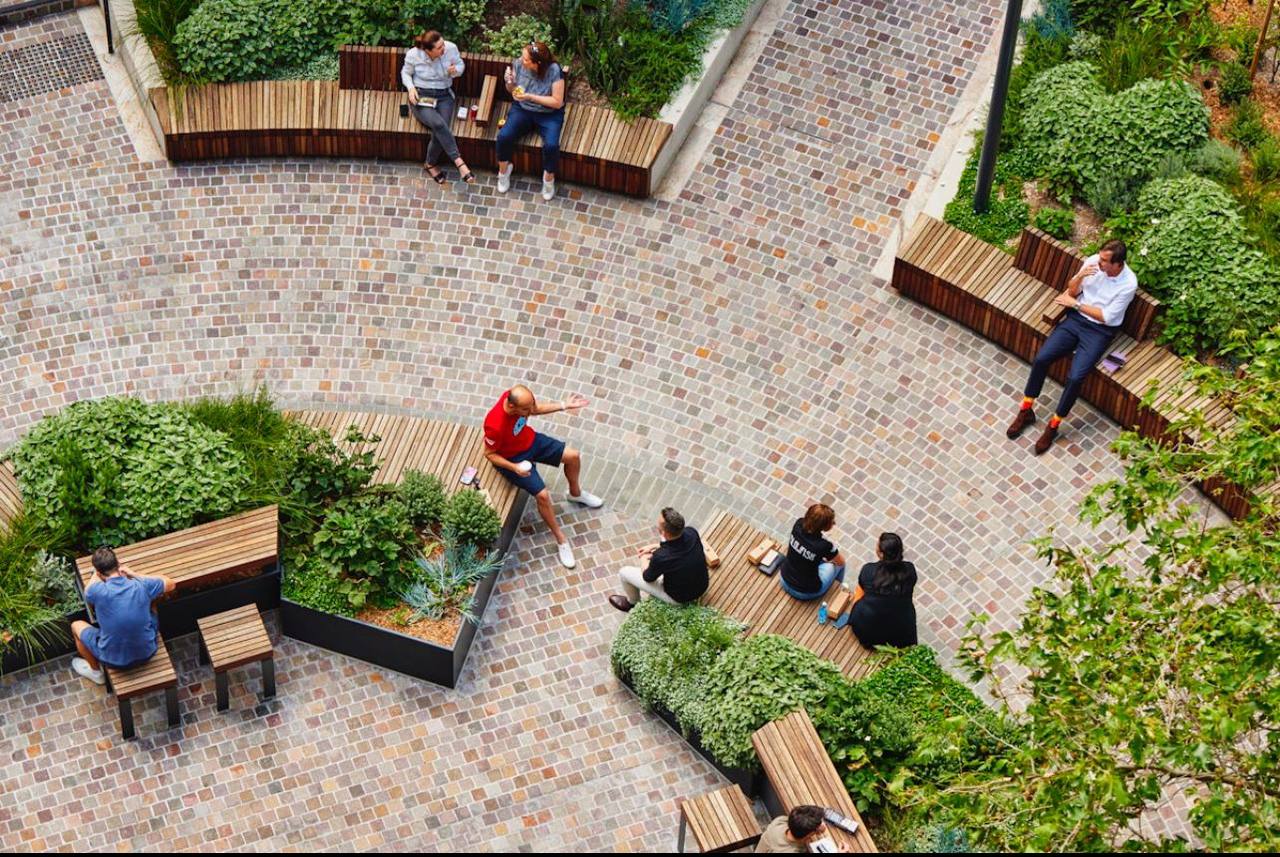
By the early 2000s, porphyry had solidified its position as a premium material in hardscaping. European cities, alongside major international urban centers, increasingly relied on porphyry for high-end streetscapes, landscaping, and architectural detailing. Its continued use in restoration projects and new developments in cities like Paris, Rome, and London demonstrated its enduring appeal. The material’s versatility, coupled with its rich historical legacy, made it the stone of choice for prestigious landscaping projects and public spaces.